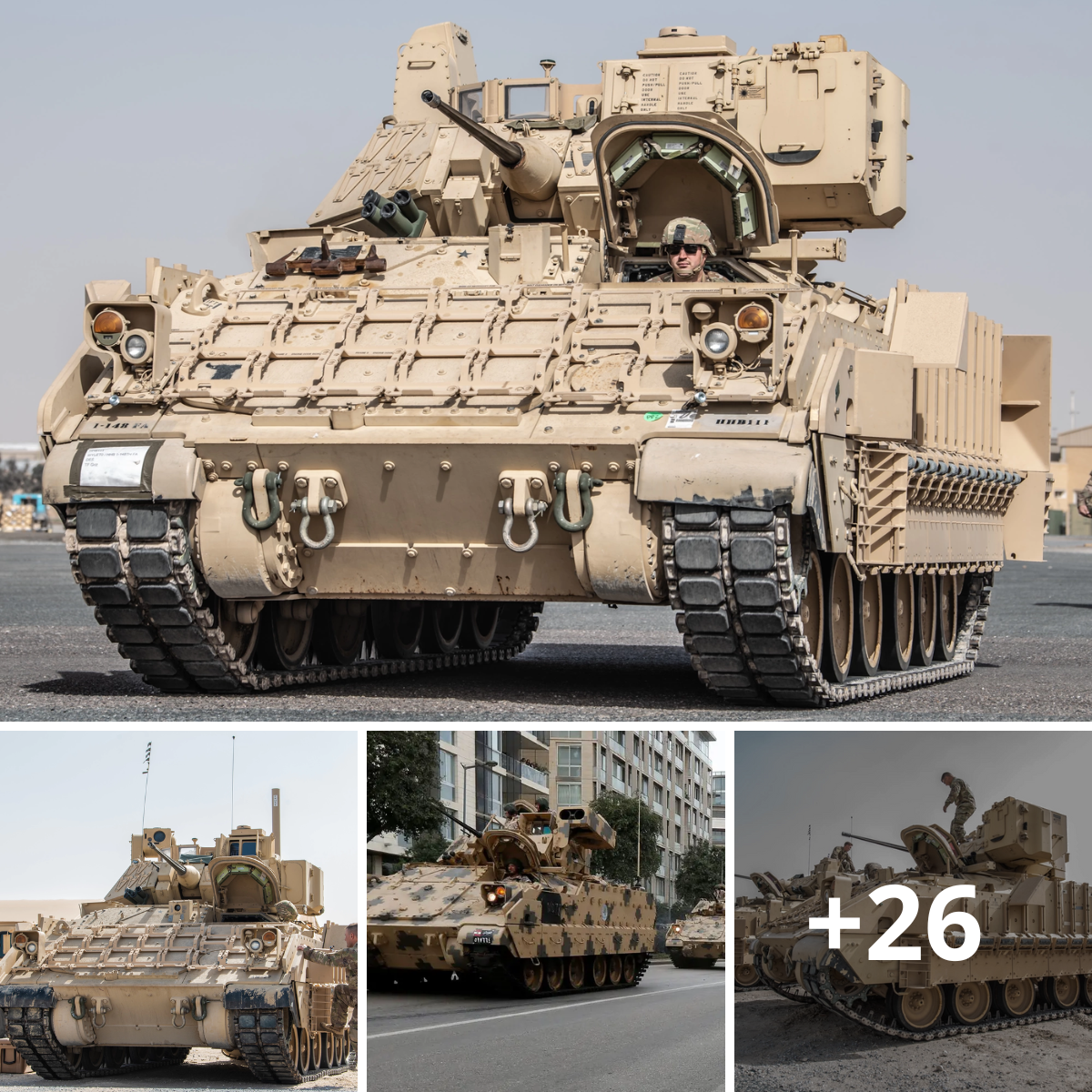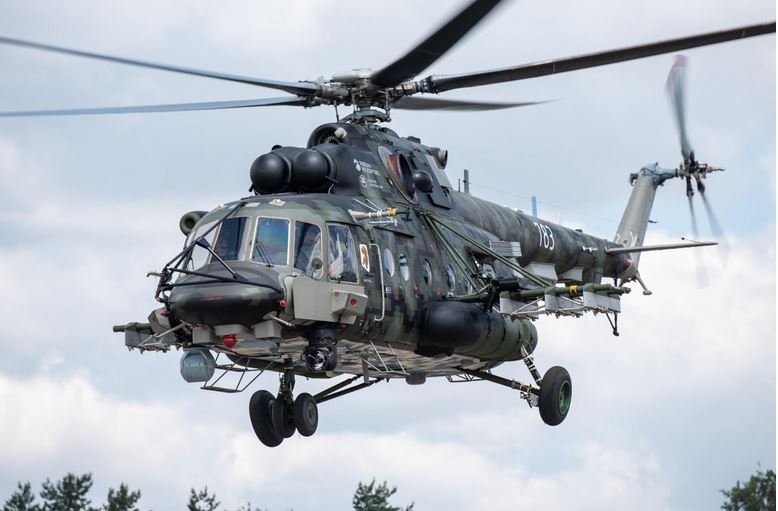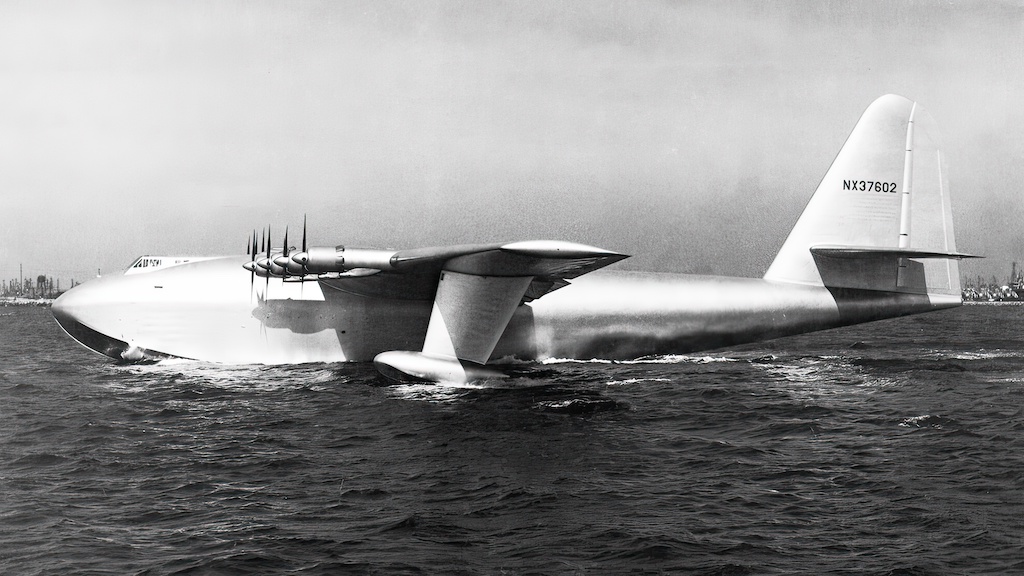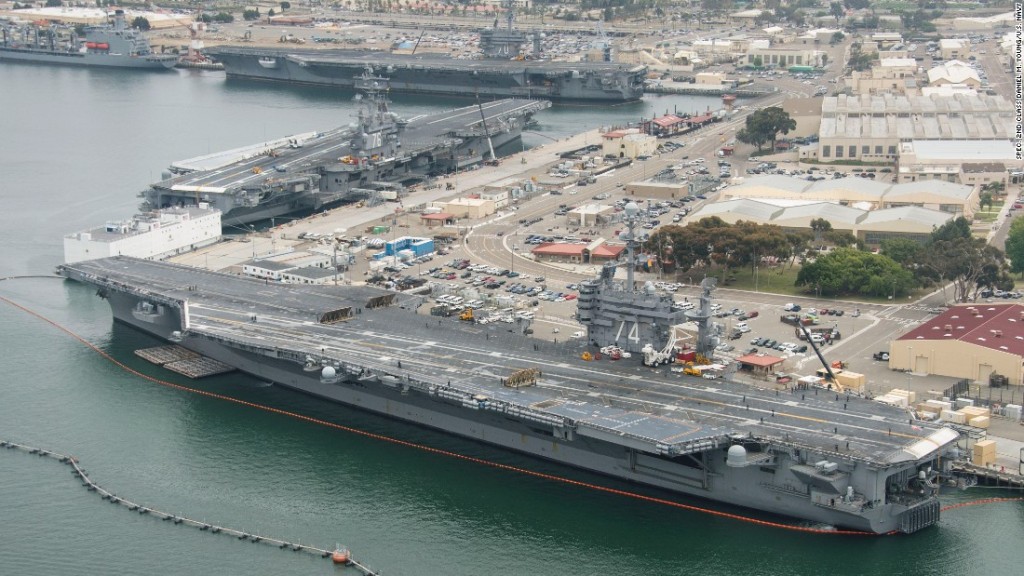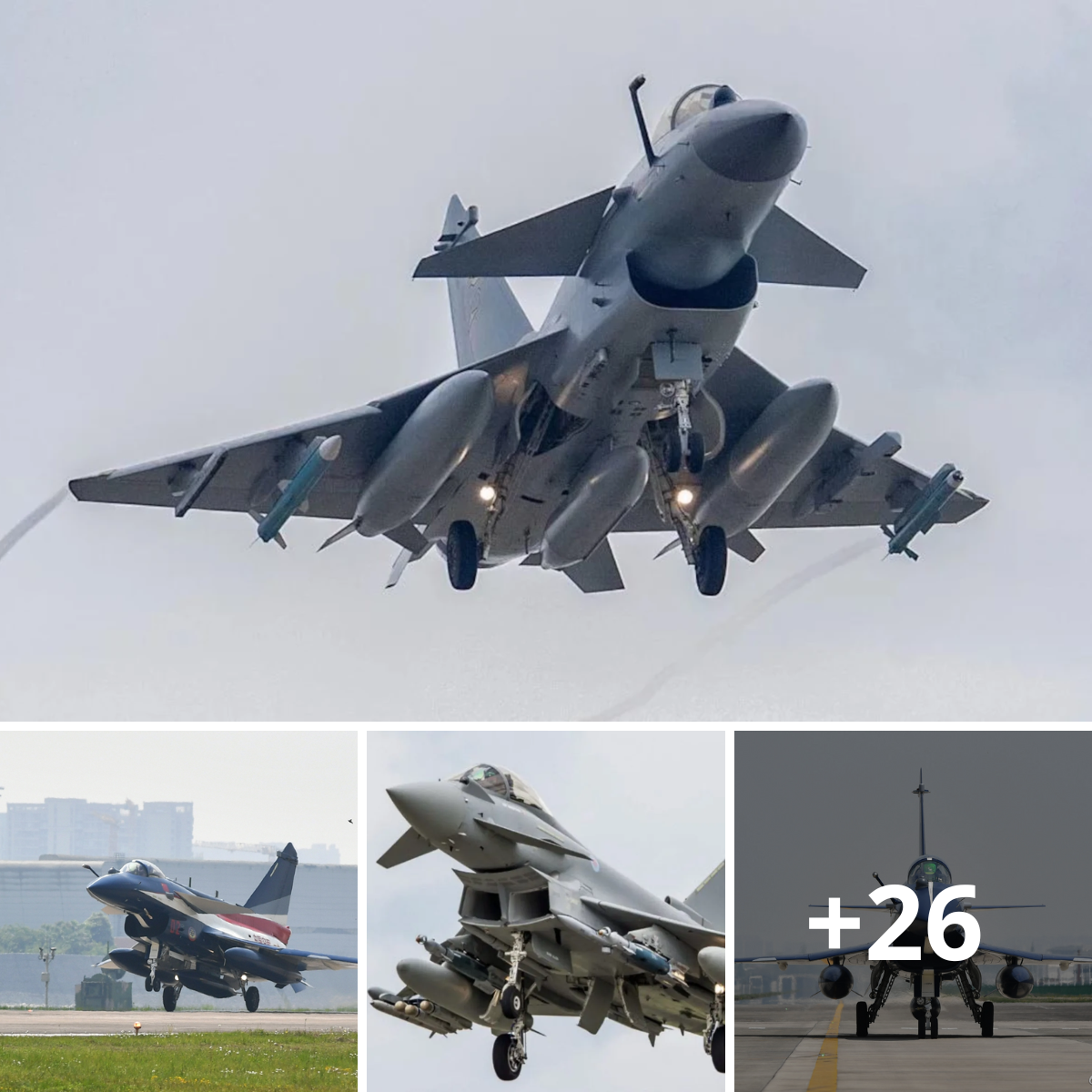
The US Air Force has awarded Boeing a US$1.2-billion contract to develop new variants of the company’s E-7 Airborne Early Warning & Control (AEW&C) aircraft to replace America’s Cold War fleet of 31 E-3 Sentry AWACS early warning aircraft.
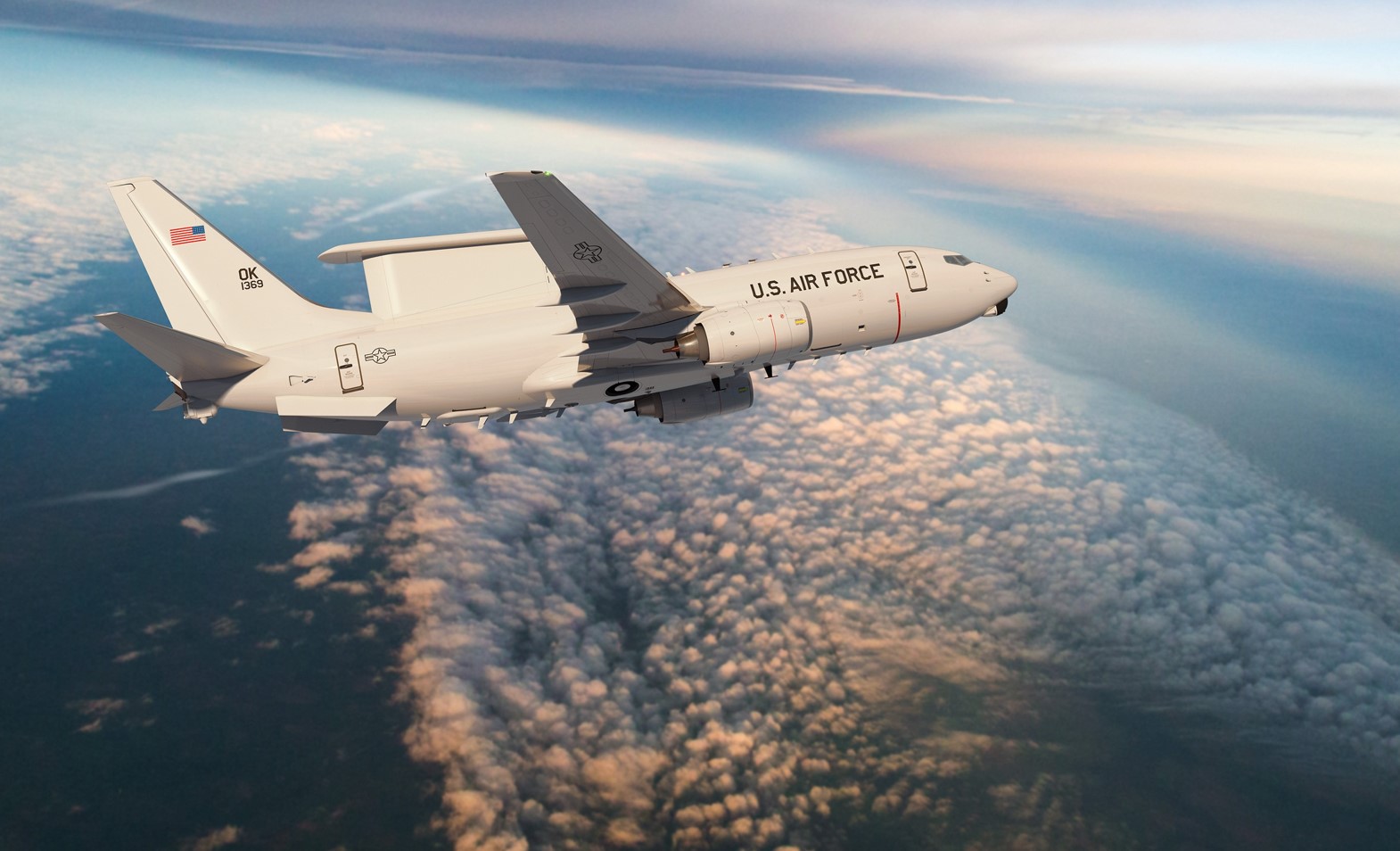
Based on the Boeing 707, the E-3 Sentry entered service in 1977 and during the Cold War became a part of the air fleets of the United States, Britain, France, NATO, and others, serving as flying observation and air command centers to detect hostile aircraft, with each Sentry boasting the ability to monitor air traffic over an area the size of Poland.
It was a radical concept that helped NATO to avoid unpleasant surprises, but almost half a century on, the E-3 is obsolete and is being phased out over the next two decades. Acting on a decision made by the US government in 2018, the purchase of the yet-to-be-developed E-7 variants marks the beginning of the end for the Air Force E-3 Sentries.
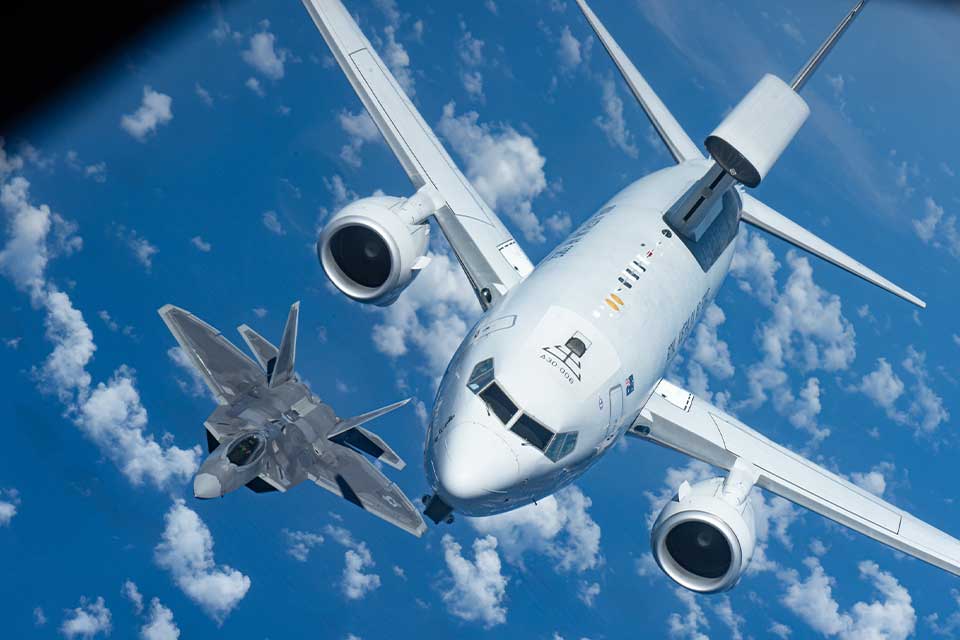
The E-7 was originally developed in the 1990s for the Royal Australian Air Force (RAAF) as the E-7A Wedgetail. Based on the Boeing 737 commercial airliner, its most obvious difference from the E-3 is that the giant rotating radar dome was swapped for a fixed active electronically scanned array radar antenna that sticks out like a fin atop the fuselage and contains the Northrop Grumman Multi-role Electronically Scanned Array (MESA) sensor.
This new radar not only helps to make the E-7 lighter than its predecessor, it also provides simultaneous 360-degree simultaneous tracking of multiple airborne and maritime threats. It also enables flexible command and control of friendly forces on land, sea and air through network connectivity for real-time analysis and targeting. In addition, it has an open-architecture software design for rapid upgrading as technology improves.
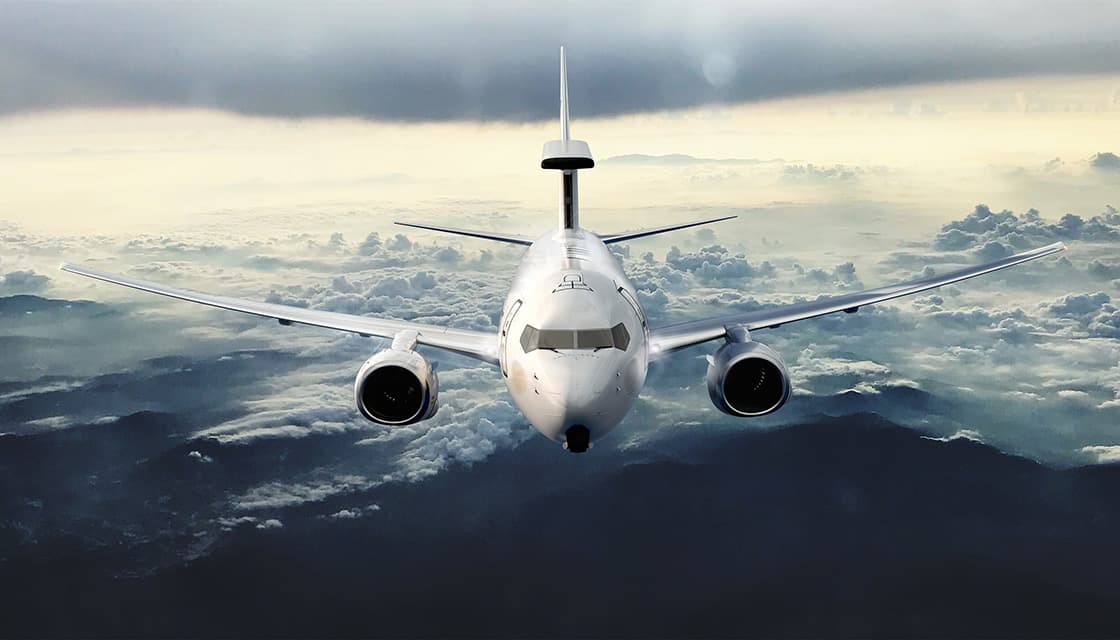
Powered by two CFM International CFM56-7B27A turbofans, the E-7 has a 117-ft (35-m) wingspan, a maximum takeoff weight of 171,000 lb (77,600 kg) and a range of 4,000 miles (6,500 km) at a cruising speed of 530 mph (853 km/h). Inside, there’s room for a flight crew of two and stations for up to 10 mission specialists.
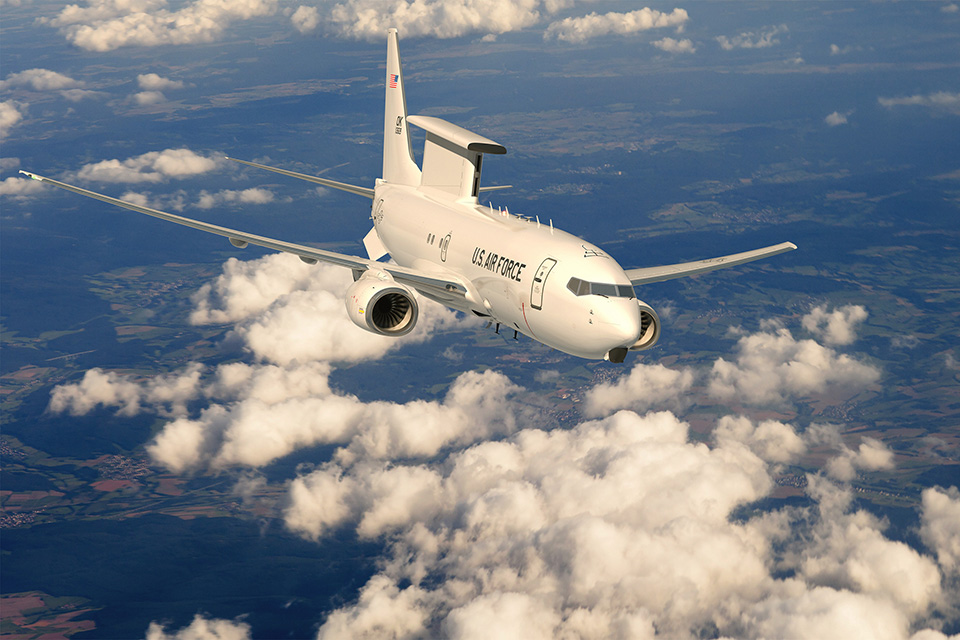
According to Boeing, with the E-7 based on the 737 and already serving with air forces around the world, there are enough production lines and global service centers already established to securely support the needed logistical supply line for the US Air Force once the variants have been produced to fit American specifications.
“The E-7 is a proven platform,” said Stu Voboril, E-7 program vice president and general manager. “It is the only advanced aircraft that is capable of meeting the U.S. Air Force’s near-term Airborne Early Warning & Control requirement while enabling integration across the joint force.”
Video: US Air Force to buy E-7 to replace E3 AWACS
READ MORE
